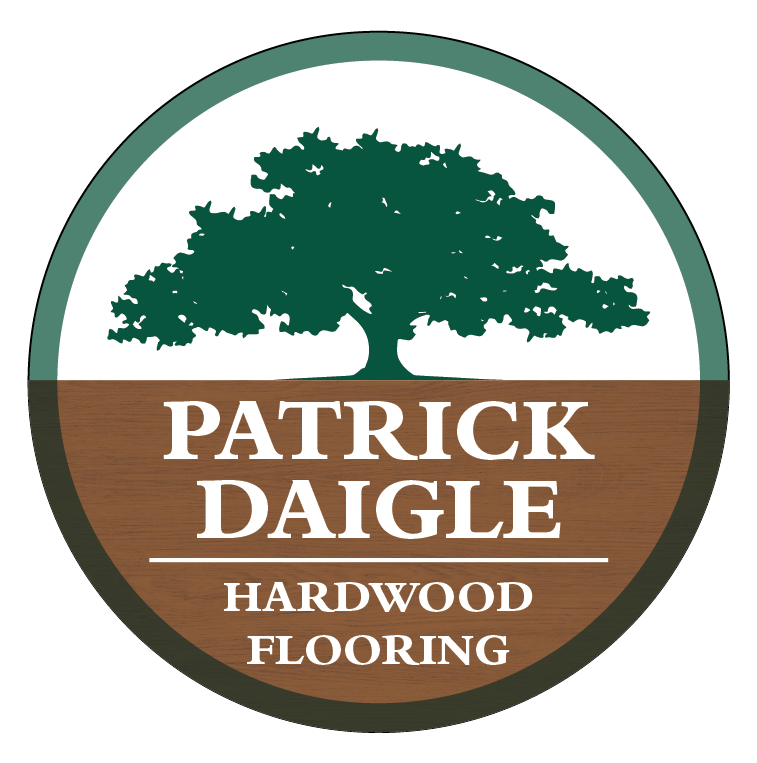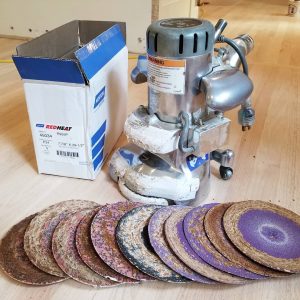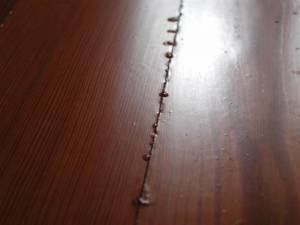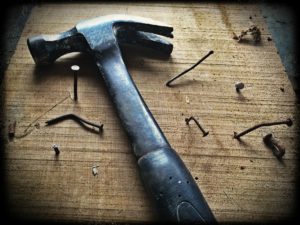New Home Builds: The First 90 Days of Hardwood Floor Care
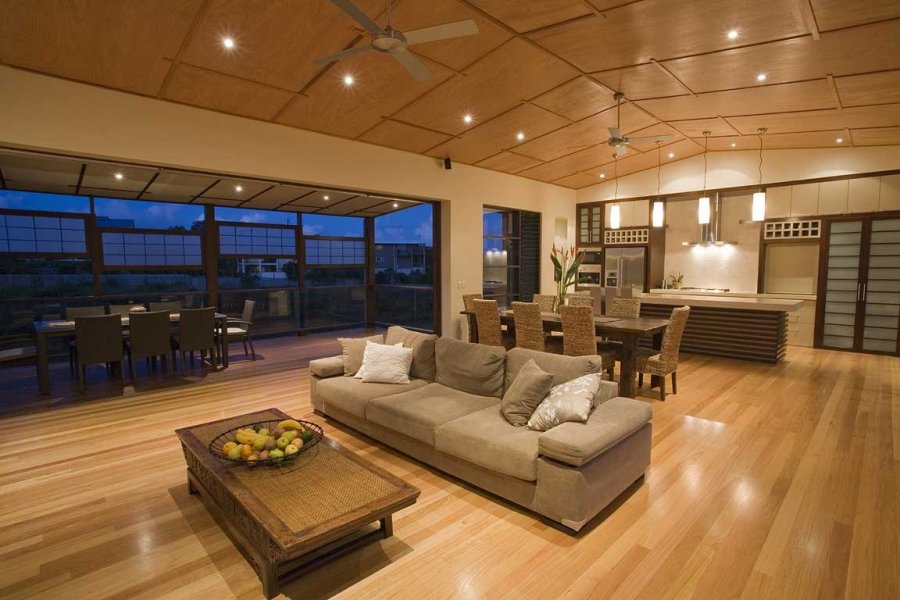
The first 90 days after installation are when hardwood floors in new builds adjust the most. This period allows the wood to acclimate to the home’s environment, stabilizing after exposure to construction dust, new paint, and fluctuating humidity levels.
- Prevent surface damage, protect high-traffic areas, and avoid dragging furniture.
- Control humidity, keep indoor moisture levels consistent to prevent cupping and gaps.
- Follow a simple wood floor maintenance routine: dust, sweep, and avoid excess water.
These habits help your new floors settle properly, protect the finish during its curing phase, and ensure lasting beauty for decades.
What Builders and Homeowners Often Overlook
Once installation is complete, many assume the floors are ready for anything. But hardwood is a natural material that continues to breathe and move as it acclimates to its new environment. In the first three months, it reacts to temperature and humidity changes, furniture placement, and everyday use.
The right post-installation care keeps minor environmental shifts from turning into long-term wear.
Week 1: Protect Before You Settle In
Use proper floor protection right away.
Place breathable walk-off mats at entryways and hallways to capture grit and prevent scratches from foot traffic or construction debris. Avoid plastic or rubber mats, which can trap moisture and damage the finish.
Add felt pads before moving furniture or appliances.
Before move-in, attach felt pads to all furniture legs. Lift or use sliders when placing heavy items, dragging can leave permanent marks on a newly finished surface.
Dry clean only.
For the first few weeks, use a microfiber dust mop daily to remove fine dust from construction and move-in activity. Avoid steam mops or excess water. Use a neutral or water-based hardwood cleaner, such as those recommended in our Hardwood Care and Maintenance Tips guide.
Monitor humidity closely.
Both solid and engineered hardwood floors perform best when indoor humidity stays between 40% and 55%. A hygrometer helps track changes. New homes often have fluctuating moisture levels as materials settle, maintaining consistency prevents cupping, gaps, or surface checking.
Inspect for light scuffs.
New floors may show small marks from move-in traffic. These are typically surface-level and can be buffed or cleaned professionally if addressed early.
Weeks 2-4: Establish a Routine That Lasts
Set a cleaning schedule.
Dust mop several times a week and vacuum using a hardwood attachment to remove grit. Fine debris left from construction is one of the biggest causes of surface wear.
Manage moisture at common sources.
Use waterproof trays under pet bowls and planters, and clean spills right away. Even minor water exposure can lead to discoloration on freshly finished wood.
Rotate rugs and furniture.
Natural light will begin to affect your floors’ color. Rotating rugs and moving furniture slightly helps ensure an even tone as the wood acclimates.
Know your finish.
If you’re unsure whether your floors have an oil-based, water-based, or factory-applied finish, review our Hardwood Floor Refinishing Expectations guide to understand how to maintain and clean each type safely.
Month 2: Check How the Floors Are Settling
By the second month, your hardwood will have adjusted to your home’s environment. This is the ideal time to inspect and correct any minor issues before they become noticeable.
Inspect high-traffic areas.
Look closely at kitchens, entries, and hallways for early wear. Add or reposition rugs and ensure felt pads remain intact.
Recheck humidity levels.
If readings fall below 40% or rise above 55%, adjust with a humidifier or dehumidifier to protect against expansion and contraction.
Evaluate the finish.
If your floors appear dull even after cleaning, they may benefit from a light screening or a new topcoat to seal and protect the surface.
Month 3: Restore and Plan Ahead
By the third month, the floors are usually fully acclimated and the finish has cured completely. This is when ongoing maintenance truly begins.
Schedule a professional checkup.
A flooring professional can inspect for minor shifts, surface wear, or moisture imbalance, addressing issues before they become costly.
When a screen and recoat helps.
If the finish looks slightly dull but the surface is intact, a light recoat can restore clarity without full refinishing.
Plan ahead for care.
Establish a maintenance calendar that includes seasonal cleaning, humidity monitoring, and periodic inspections. Our Light Wood vs. Dark Wood Floors post offers insight on how color choice affects long-term appearance and care needs.
From Our Family to Yours
Hardwood floors are one of the most valuable features in a new build, adding warmth, quality, and long-term value. How you care for them in the first 90 days determines how they’ll perform in the years ahead.
At Patrick Daigle Hardwood Flooring, we’ve worked alongside builders and homeowners for four generations to ensure newly installed floors start strong. Whether it’s post-installation cleaning, a humidity check, or professional maintenance planning, our team provides expert care designed to protect your investment from day one.
